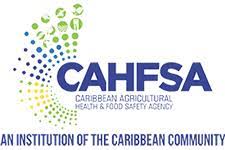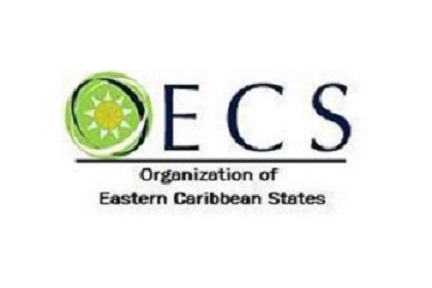The Caribbean countries and coastal territories like fisheries share similar economic and infrastructure risks to climate change. The Caribbean is the most vulnerable sub-region with many island nations and other seaside communities, which can be affected by extreme weather events and rising sea levels. A series of recent hurricanes have led to untold economic losses estimated to cost billions of dollars.
The Caribbean islands hold approximately 10,000 km of the reef, 22,000 km of mangrove, and 33,000 km of seagrass beds. It is home to the Andros Island Barrier Reef and shares the Mesoamerican Barrier Reef, which is the second largest in the world. Two of the main threats from global warming to coral reefs are erosion and coral bleaching which put the Caribbean’s biodiversity at risk of disappearing. Additionally, coral reefs have suffered a decline throughout the years on many Caribbean reefs due to coral bleaching and eroding shorelines.
Other climate-related disasters besides hurricanes include floods, fires, and droughts which are steadily increasing in the region, amounting to immense economic losses. The destructive power of these changing weather conditions and events disrupts transport and energy sectors, which impacts regional GDP. It is also estimated that if climate disruptions continue, 1/3 of turtle nesting habitats will be lost, a 0.5 m in sea level will result in 38% of beach loss, coral bleaching will become annual or biannual (coral bleaching happens when the water is too warm and coral will expel algae, leaving their tissues to turn white). Coral bleaching used to occur every 25-30 years, but it has accelerated to once every six years.
Fighting against these climate changes is a major aim for all Caribbean countries as continued climate change disruptions may negatively affect food security. Preventative measures have begun to be implemented to mitigate any negative long-term effects of climate change. Research into the impacts on key exported crops, agricultural diversification, and installing water storage facilities have commenced. Other prevention methods include the conservation and restoration of coastal ecosystems like mangroves and coral reefs. Subsequently, climate includes induced drought can be mitigated using freshwater resources like integrated watershed management, which would increase water supply to countries void of natural water resources.
The Caribbean countries are currently in the development of plans to promote climate resilience while reducing urban emissions and risks to important sectors like Agriculture, Tourism, and Trade.
Read more from our sources below!
Source:
The Global Americans – The Caribbean’s Extreme Vulnerability to Climate Change: A Comprehensive Strategy to Build a Resilient, Secure and Prosperous Western Hemisphere
Relief web – A Roadmap for Climate Action in Latin America and the Caribbean 2021-2025
Organization of American States – Climate Change Impacts in the Caribbean
UNDP – Climate Vulnerability













